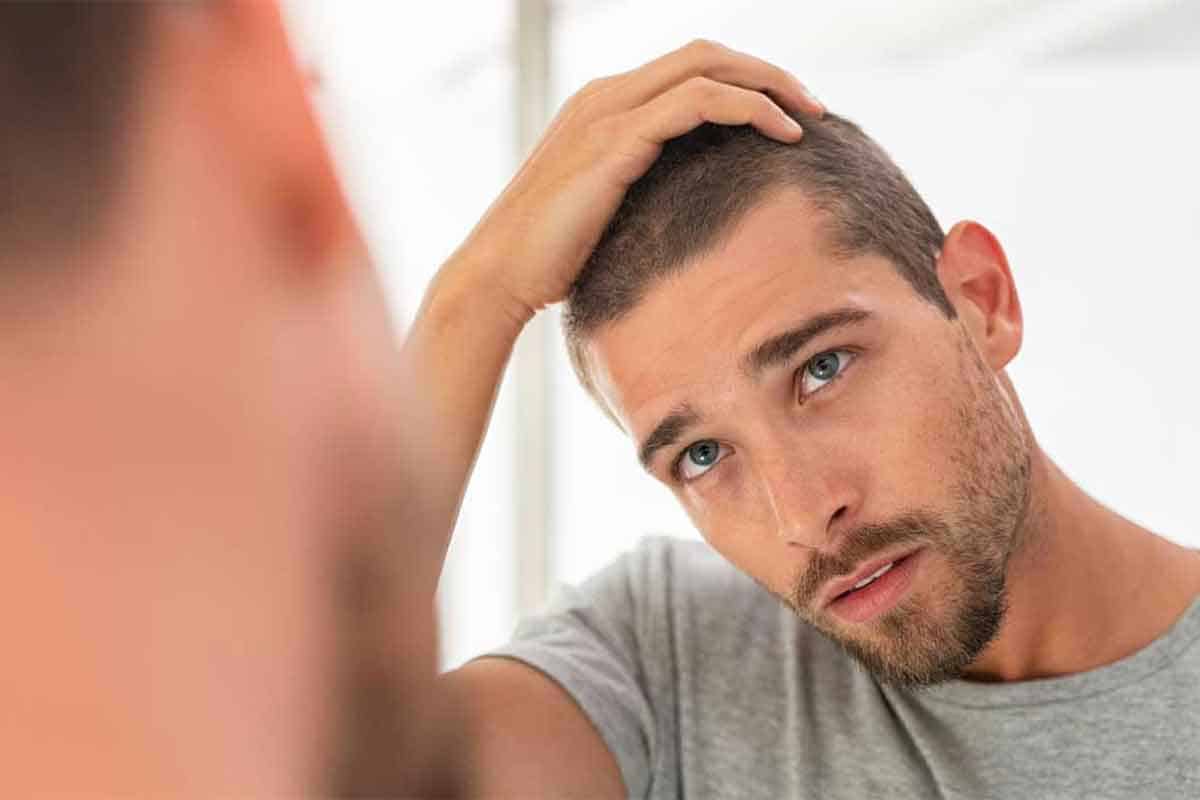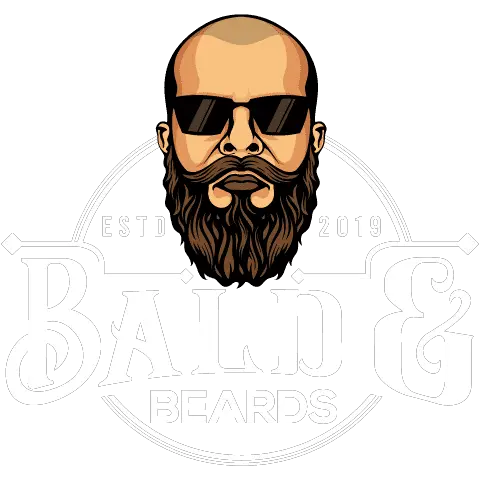If you’re researching treatments for hair loss, it’s necessary to classify your state of progression first. This info is important to relay to doctors and specialists as you seek advice. It’s also needed to protect yourself from unworthy treatments and misdiagnoses.
The Norwood scale (AKA James Hamilton-Norwood scale) is the 1 – 7 leading classification system used to determine the stages of male pattern baldness. The scale is the most widely accepted and uses a diagram to show the typical pattern of hair loss based on specific regions of the scalp.
Read on to find out if you have signs of a receding hairline and get your current stage on the Norwood Scale.
What are the Stages of Balding?
Since the Norwood scale is the most frequently used by physicians when discussing the stages of baldness, it can also be a reference point when starting treatment and to diagnose hair loss properly and document measure treatment outcomes.

This is a very simple the balding chart (above) with a few variations. The seven stages of hair loss on the Norwood scale explained (below).
Norwood 1
Juvenile Hairline: Shows no recession of the hairline and has full corners. It’s typically low on the forehead and runs straight across. Your temples and corners still have thick hair. In some severe cases, boys as young as 13 can start to see signs of hair loss.
However, this isn’t typical. You should keep your juvenile hairline through your 20s. More on the type of hairlines here and background on the male hairline here.
Norwood 2
Maturing Hairline: This hairline isn’t straight across. The corners typically rise up along the temples, and hair isn’t as thick along the top of the forehead. It’s likely that the hairline has moved back a centimeter with a slight recession.
Norwood 3 (Stage 3 Vertex)
The first signs of balding seen with a few variations:
Widow’s Peak Hairline or M-Shaped Type III
As you start to lose more hair follicles, the corners will become more bare and move up more. The peak is defined by thick hair in the center of the forehead. If the corners continue to recede, then this is a sign of male pattern baldness.
Receding Hairline or U-Shaped Type III
The widow’s peak starts to fade and the corners grow higher. At this point, male pattern hair loss will inevitably start to take more of your hair.
Loss of Hairline or “Island” Type III
In these cases, your hairline has moved all the way up beyond your forehead. At this point, your scalp is exposed in the middle and patches of hair are missing all the way to the back of your head.
Norwood 4
Significant hair loss: Two areas of hair loss are seen with a more extreme recession than stage 2 and with very thin or no hair on the vertex (top of the head). Typically, these two hair loss areas are separated by one patch of hair connecting the bare areas.
Norwood 5
Stage 4 condition becomes more extreme here, with the two hair loss areas becoming larger. Although the areas are still disconnected, the patch of hair between has become slimmer and thinner.
Norwood 6
Balding: The previously remaining patch of hair is gone, joining the two balding areas of the temples and vertex to form one continuous bald area. In this stage, you only have hair along the back and sides of the head.
Norwood 7
Full Hair Loss: This is the most extreme stage where the vertex continues to recede, leaving only a small band of hair around the sides and back. This is the typical horseshoe bald hair pattern and the remaining hair is also typically thin and fine.
Treatments
With the different classes of type III balding, doctors can identify patterns and even predict how long you have before losing all of your hair.
Use this Hair Loss Calculator
Mild cases of balding aren’t noticeable to other people, and you can retain your hairline for many years.
For others still looking for hair growth treatment options here’s a few to consider:
- Hair transplant (medical procedure)
- Scalp micropigmentation (cosmetic)
- Hair loss shampoos (topical)


